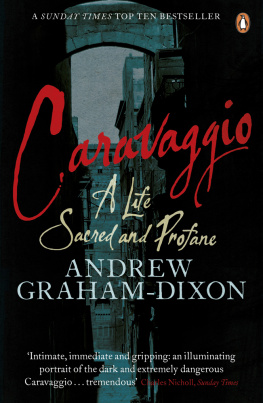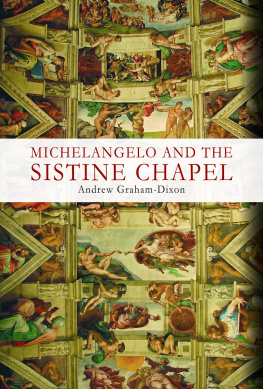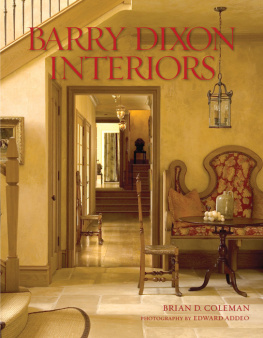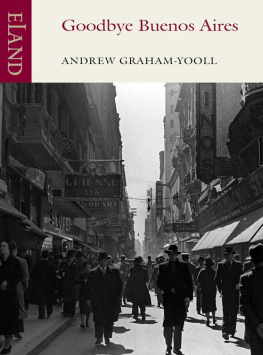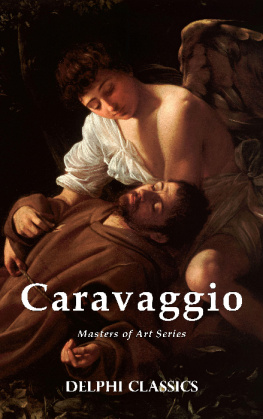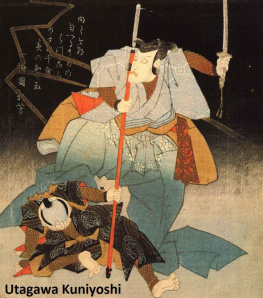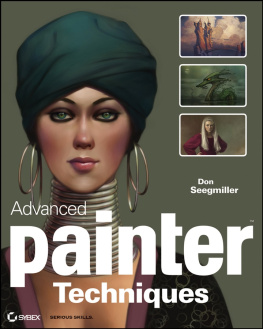
ANDREW GRAHAM-DIXON
Caravaggio
A Life Sacred and Profane

PENGUIN BOOKS
PENGUIN BOOKS
Published by the Penguin Group
Penguin Books Ltd, 80 Strand, London WC2R 0RL , England
Penguin Group (USA) Inc., 375 Hudson Street, New York, New York 10014, USA
Penguin Group (Canada), 90 Eglinton Avenue East, Suite 700, Toronto, Ontario, Canada M4P 2Y3
(a division of Pearson Penguin Canada Inc.)
Penguin Ireland, 25 St Stephens Green, Dublin 2, Ireland (a division of Penguin Books Ltd)
Penguin Group (Australia), 250 Camberwell Road, Camberwell, Victoria 3124, Australia (a division of Pearson Australia Group Pty Ltd)
Penguin Books India Pvt Ltd, 11 Community Centre, Panchsheel Park, New Delhi 110 017, India
Penguin Group (NZ), 67 Apollo Drive, Rosedale, Auckland 0632, New Zealand
(a division of Pearson New Zealand Ltd)
Penguin Books (South Africa) (Pty) Ltd, 24 Sturdee Avenue, Rosebank, Johannesburg 2196, South Africa
Penguin Books Ltd, Registered Offices: 80 Strand, London WC2R 0RL , England
www.penguin.com
First published by Allen Lane 2010
Published in Penguin Books 2011
Copyright Andrew Graham-Dixon, 2010
Maps copyright Alan Gilliland, 2010
The moral right of the author has been asserted
The acknowledgements on pp. constitute an extension of this copyright page.
Every effort has been made to trace and contact copyright holders. If there are any inadvertent omissions, we ask that you contact the publisher.
All rights reserved
Without limiting the rights under copyright reserved above, no part of this publication may be reproduced, stored in or introduced into a retrieval system, or transmitted, in any form or by any means (electronic, mechanical, photocopying, recording or otherwise), without the prior written permission of both the copyright owner and the above publisher of this book
ISBN: 978-0-14-196294-8
ABOUT THE AUTHOR
For more than twenty-five years, Andrew Graham-Dixon has published a weekly column on art, first in the Independent and more recently, the Sunday Telegraph. He has written a number of acclaimed books, including A History of British Art and Renaissance, and is twice winner of the Hawthornden Prize, Britains top prize for writing about art. He is one of the leading figures in broadcasting in the UK, having presented seven major television series on art for the BBC.
PENGUIN BOOKS
CARAVAGGIO
The authors insights into the individual paintings are remarkable, but what really gives the book its pep is the authors picking apart of the scanty evidence about Caravaggios private life, the prostitutes and friends who people his paintings, and the seedy world of late-Renaissance Rome through which he swaggered Andrew Holgate, Sunday Times, Books of the Year
Remarkable Sheds fresh light on the painter whose hot temper was as renowned as his work uncovers details on pivotal events during the artists turbulent career Roya Nikkhah, Sunday Telegraph
Highly readable thorough and elegant Caravaggio has done the artist proud Ian Thomson, Spectator
Andrew Graham-Dixons absorbing biography leaves no stone unturned he is an entertaining art historian Economist
Graham-Dixons excellent new book the complexity of Caravaggios character as well as his art is vividly evoked by Graham-Dixon throughout this book Graham-Dixons biography will surely quickly establish itself as the outstanding introduction to Caravaggios life and art Brian Allen, Standpoint
Andrew Graham-Dixon brings the bad-boy genius of the seventeenth century to life as vividly as if he were one of todays pop stars. His book is scholarly, perceptive and very well written John Richardson
An entertaining read an engaging and well-written account of Caravaggios life Sheila McTighe, Art Quarterly
A beautifully paced narrative its tremendous narrative drive steers the story fluently and plausibly between the pitfalls of academic dryness and overdone speculation. As a human story it is ultimately tragic Charles Nicholl, Sunday Times
To the memory of my mother, Sue, who first awoke my love of reading, writing and looking at art
Map 1
Milan, c. 1590
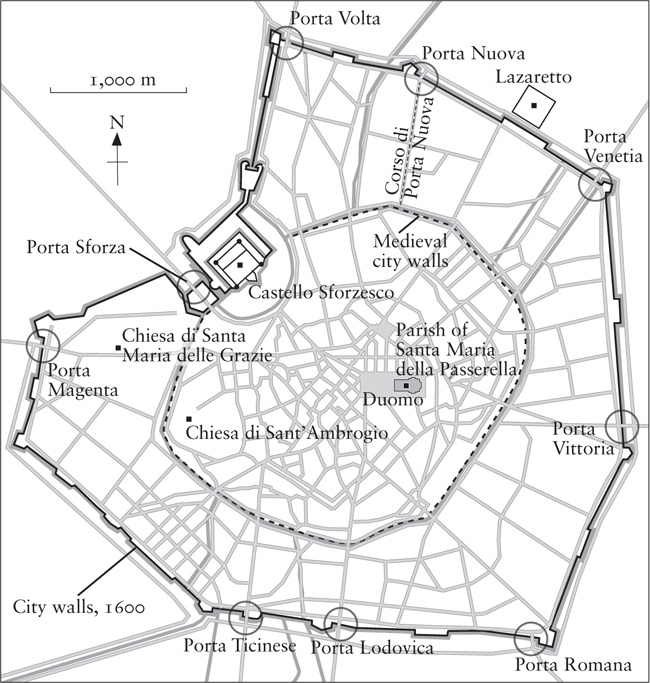
Map 2
Rome, c. 1600
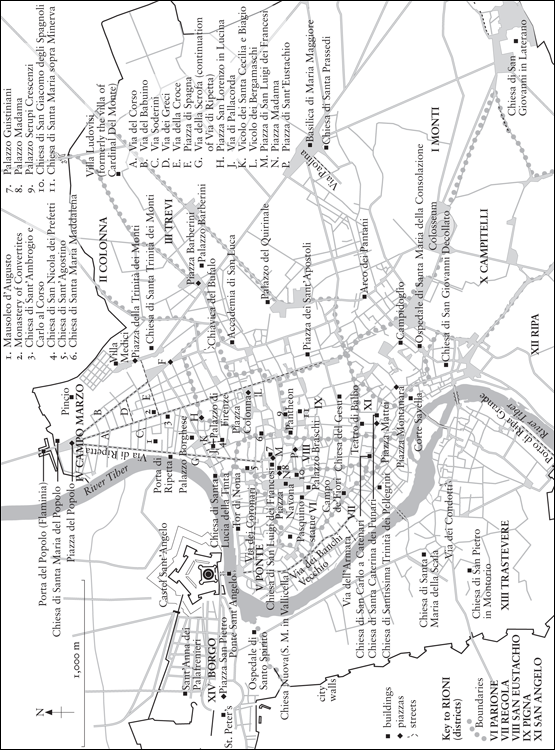
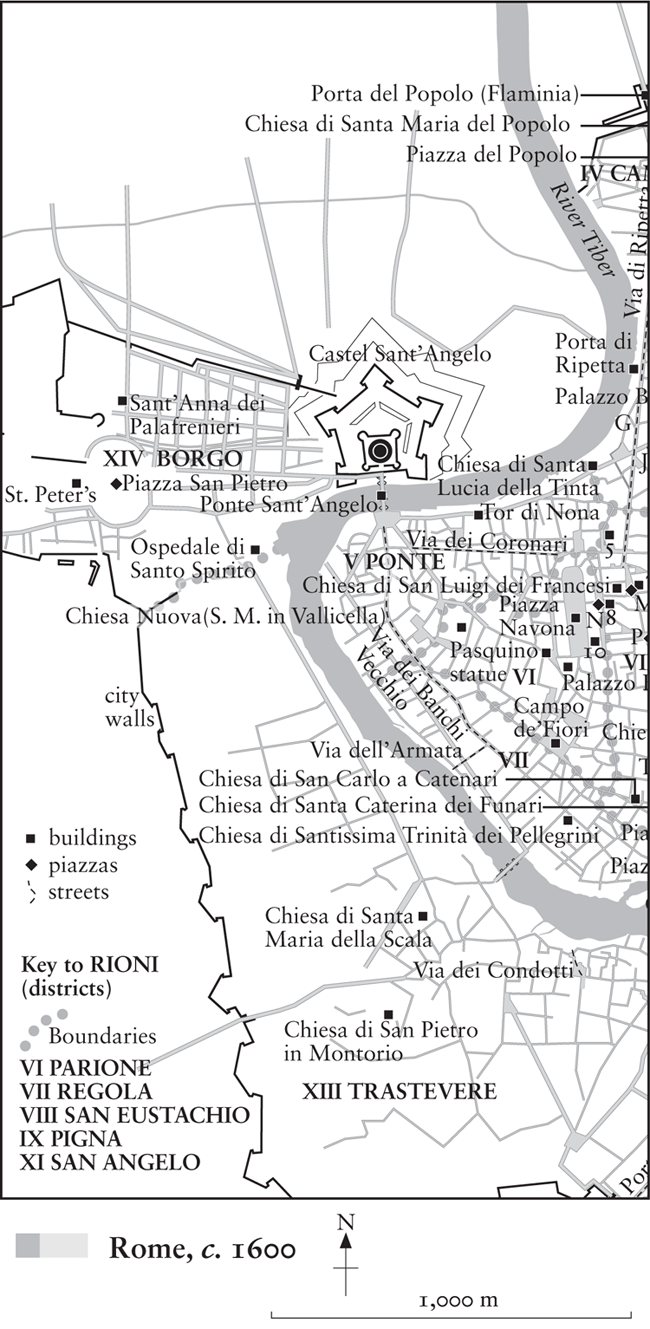
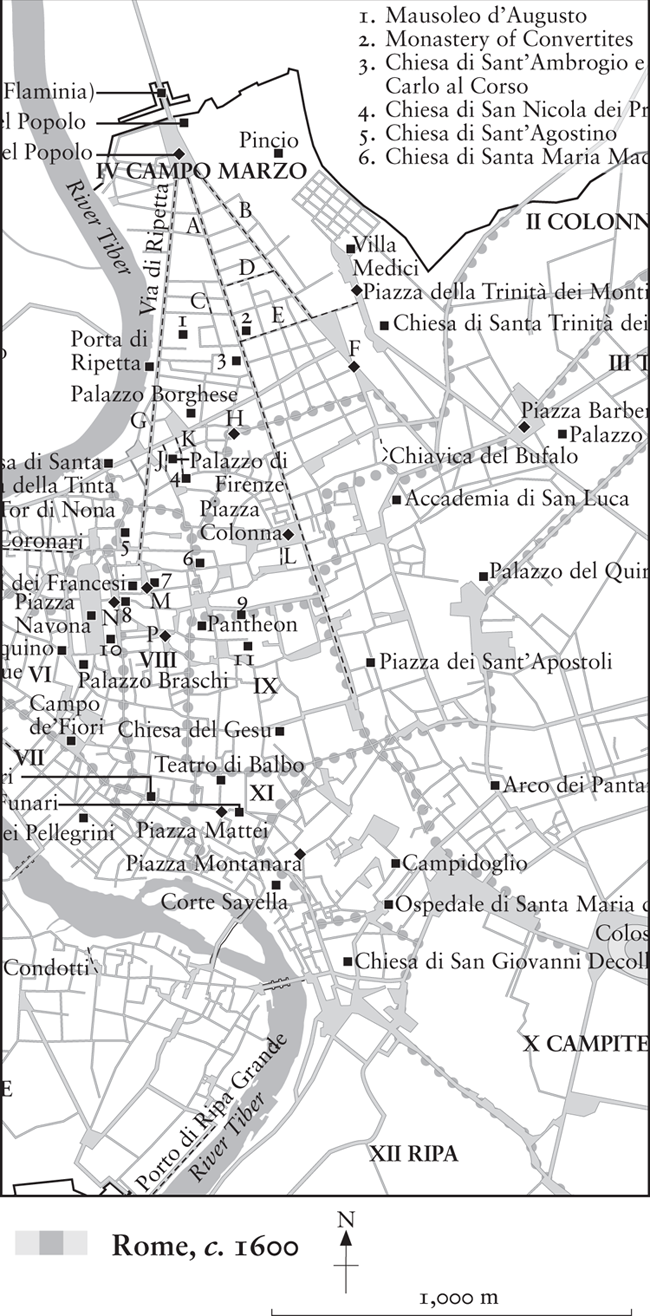
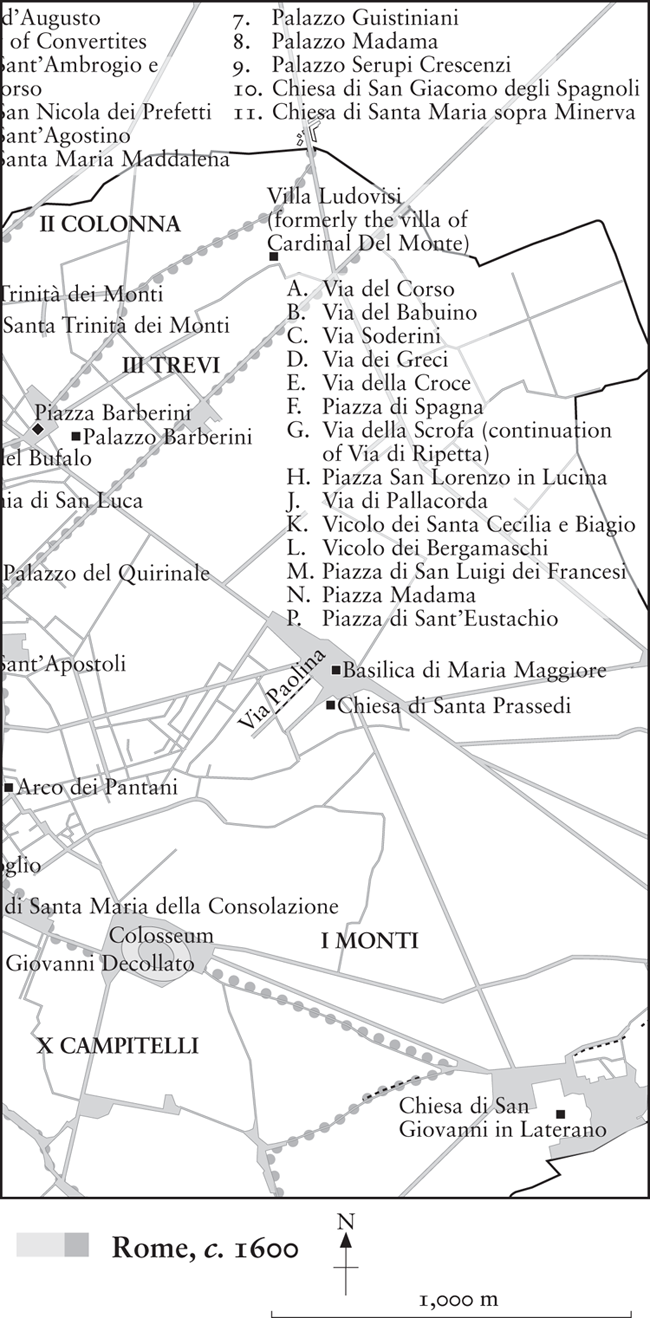
Map 3
Valletta, c. 1607
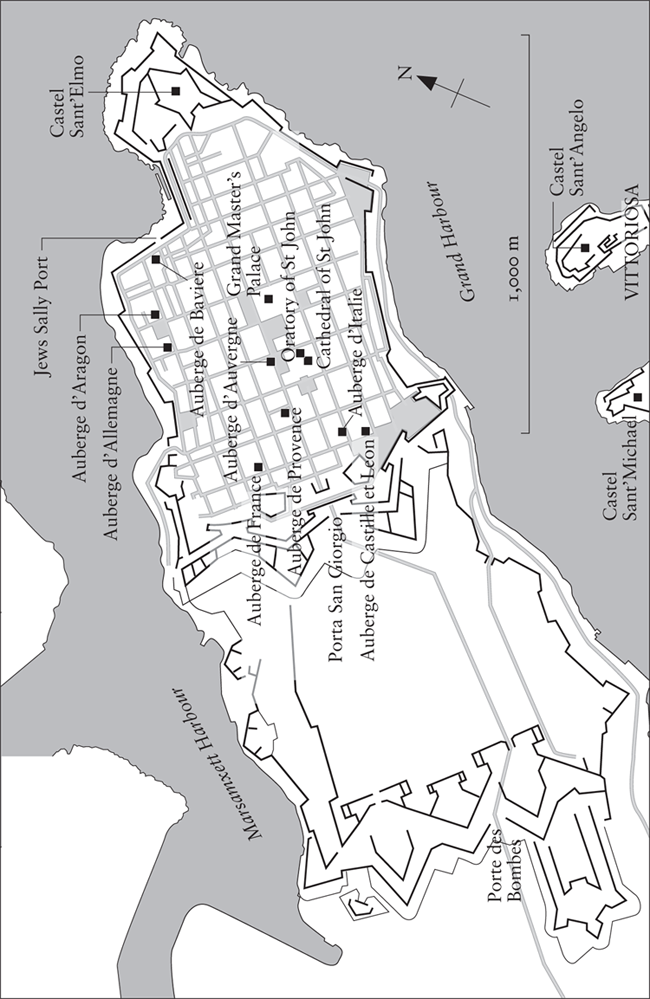
Map 4
Naples, c. 1610
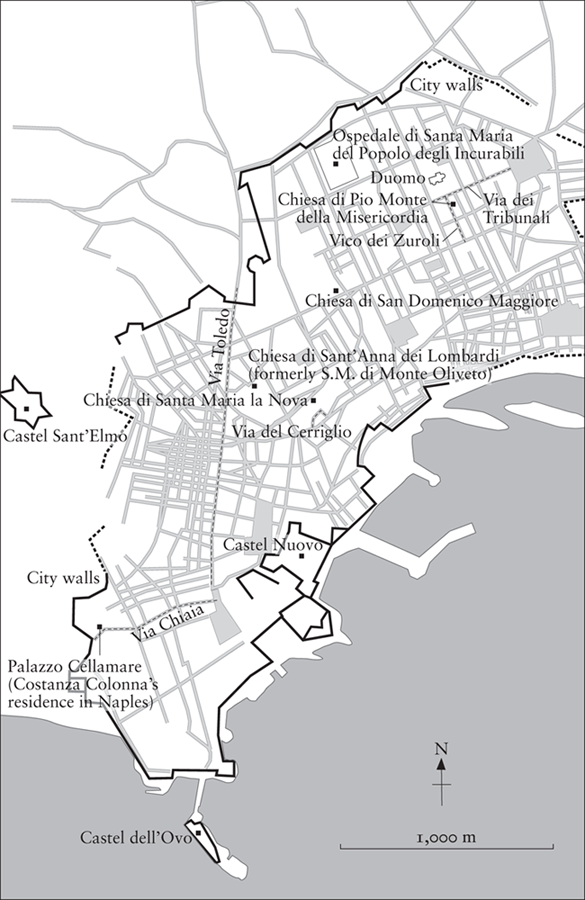
Map 5
Italy, c. 1610
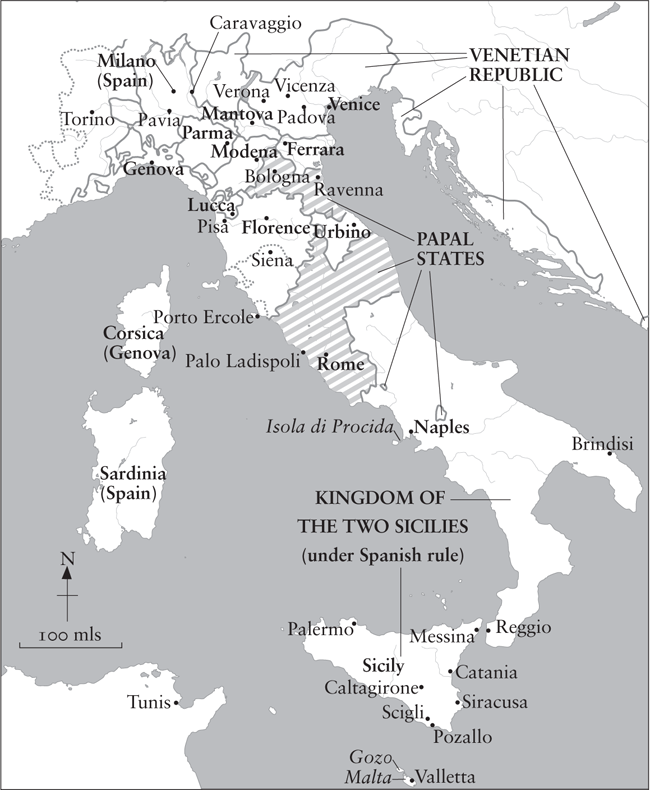
Preface and Acknowledgements
This book has taken me a shamingly long time to write, more than ten years in total. My excuse is that I have had a lot of other things to do at the same time. For the first five of those ten years I was responsible for two weekly articles for the Sunday Telegraph (latterly reduced to one, to make life workable); in 2007 I had to stop work on Caravaggio almost completely to finish a book about Michelangelos paintings in the Sistine Chapel; and throughout the past decade I have spent at least five months of every year writing and presenting various television series about the history of art for the BBC.
While often frustrating, the many delays and interruptions have, overall, worked to the books advantage. Had I delivered my manuscript more quickly, I might have caused my miraculously patient and long-suffering publisher, Stuart Proffitt, considerably less stress. But I would not have been able to take advantage of numerous recent archival discoveries a set of remarkable finds that cumulatively have transformed our knowledge of Caravaggio, particularly of his later years. Because those discoveries have emerged piecemeal, often in out-of-the-way academic journals or private publications, I have found myself in the unusual and fortunate position of writing about one of the greatest artists ever to have lived fully four centuries after his death, yet able to draw on fresh and important documentary material unavailable to previous biographers.
As a result, I believe I have been able to shed light on aspects of Caravaggios life that have until now remained shrouded in mystery to all except the scholars most closely involved including the painters sexuality, the circumstances that led him to commit the murder of 1606 that cast such a long shadow over the rest of his life, and the events surrounding his imprisonment on the island of Malta. In addition I publish here for the first time some hitherto overlooked descriptions of the Osteria del Cerriglio, the establishment in Naples where he was badly assaulted near the end of his life in a vendetta attack. By returning to other previously discovered documents I believe I have also been able to offer a convincing solution to the riddle of how Caravaggio met his death in the summer of 1610.
Next page
